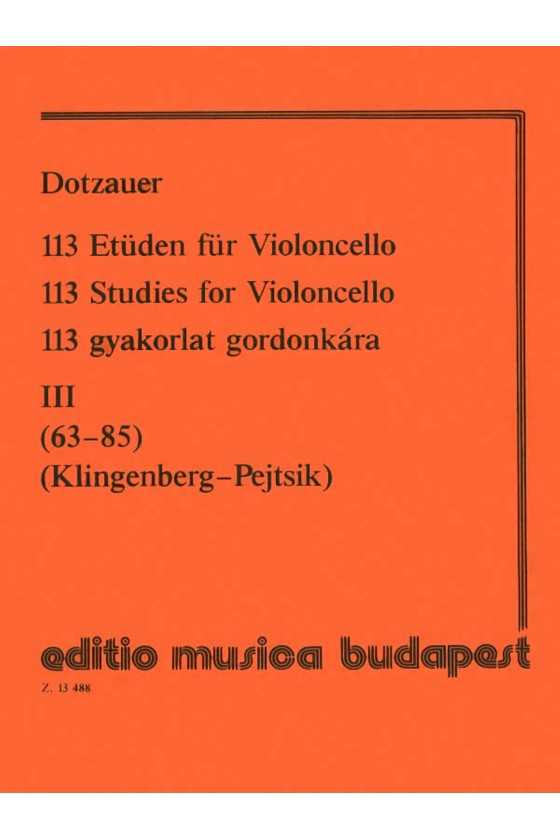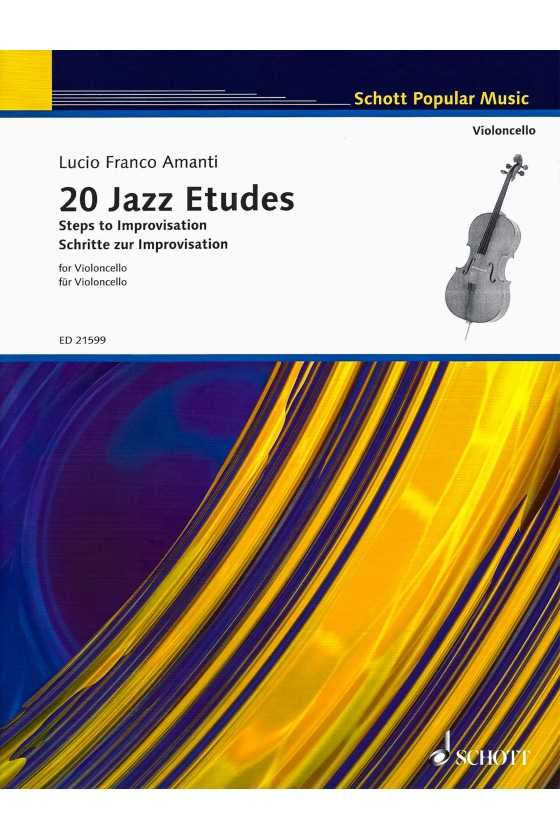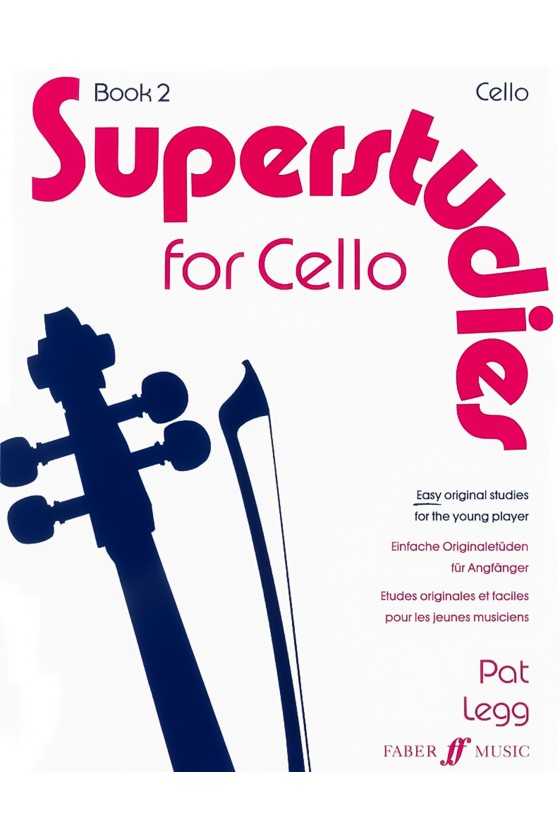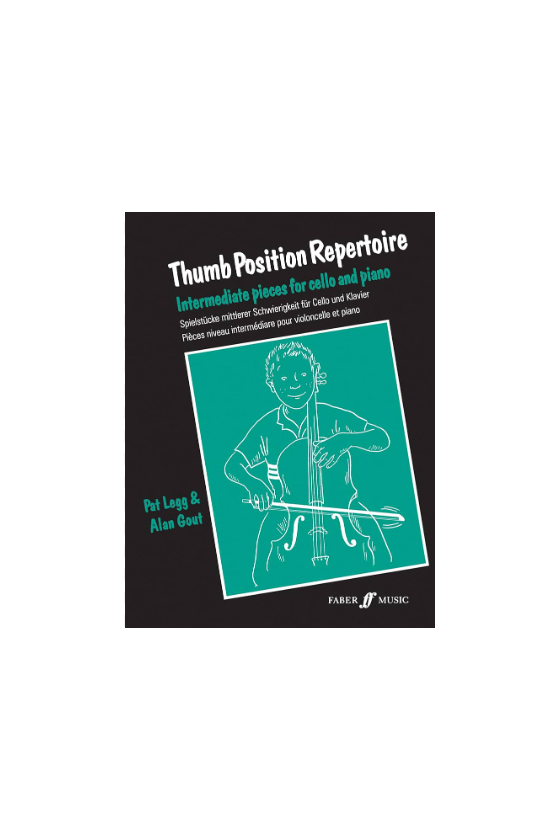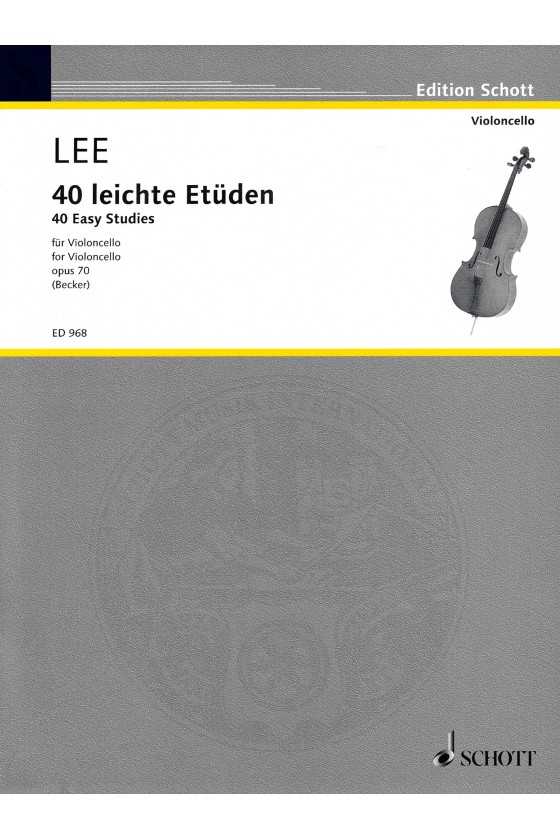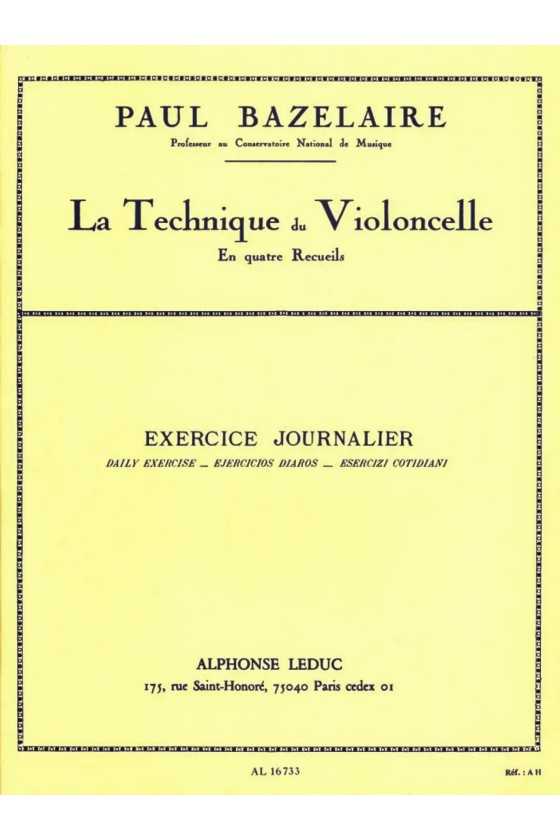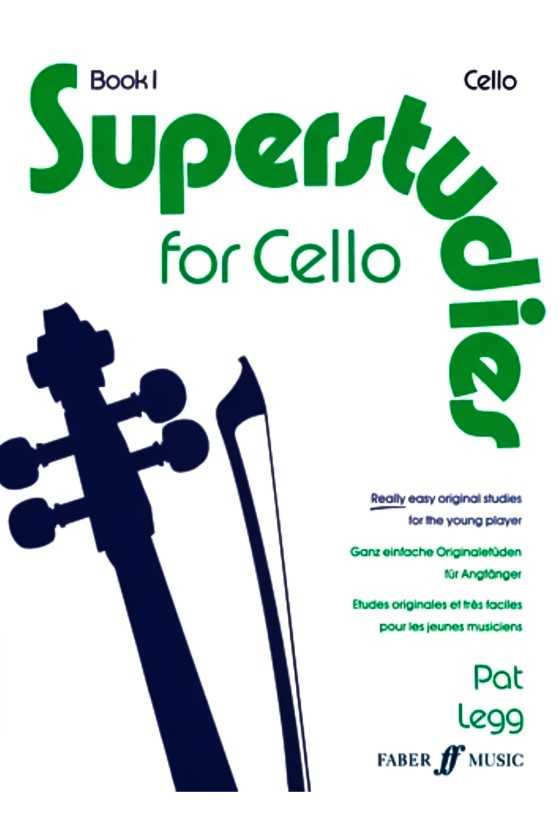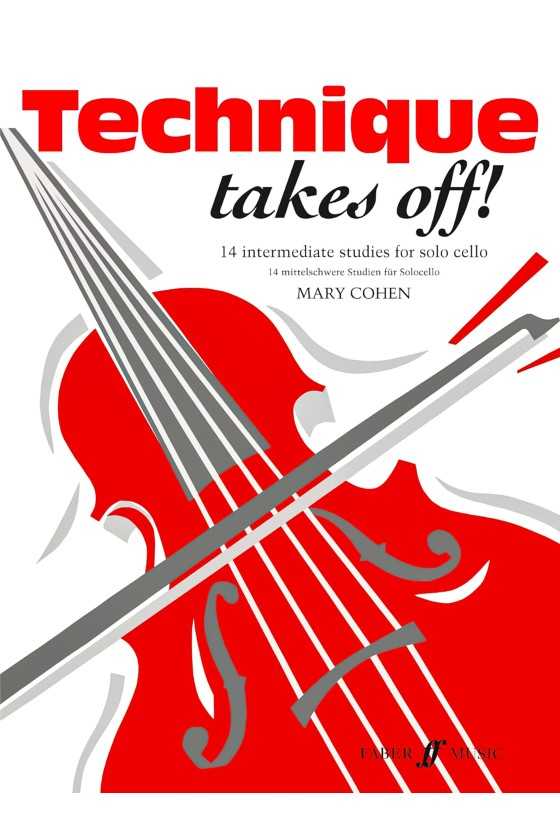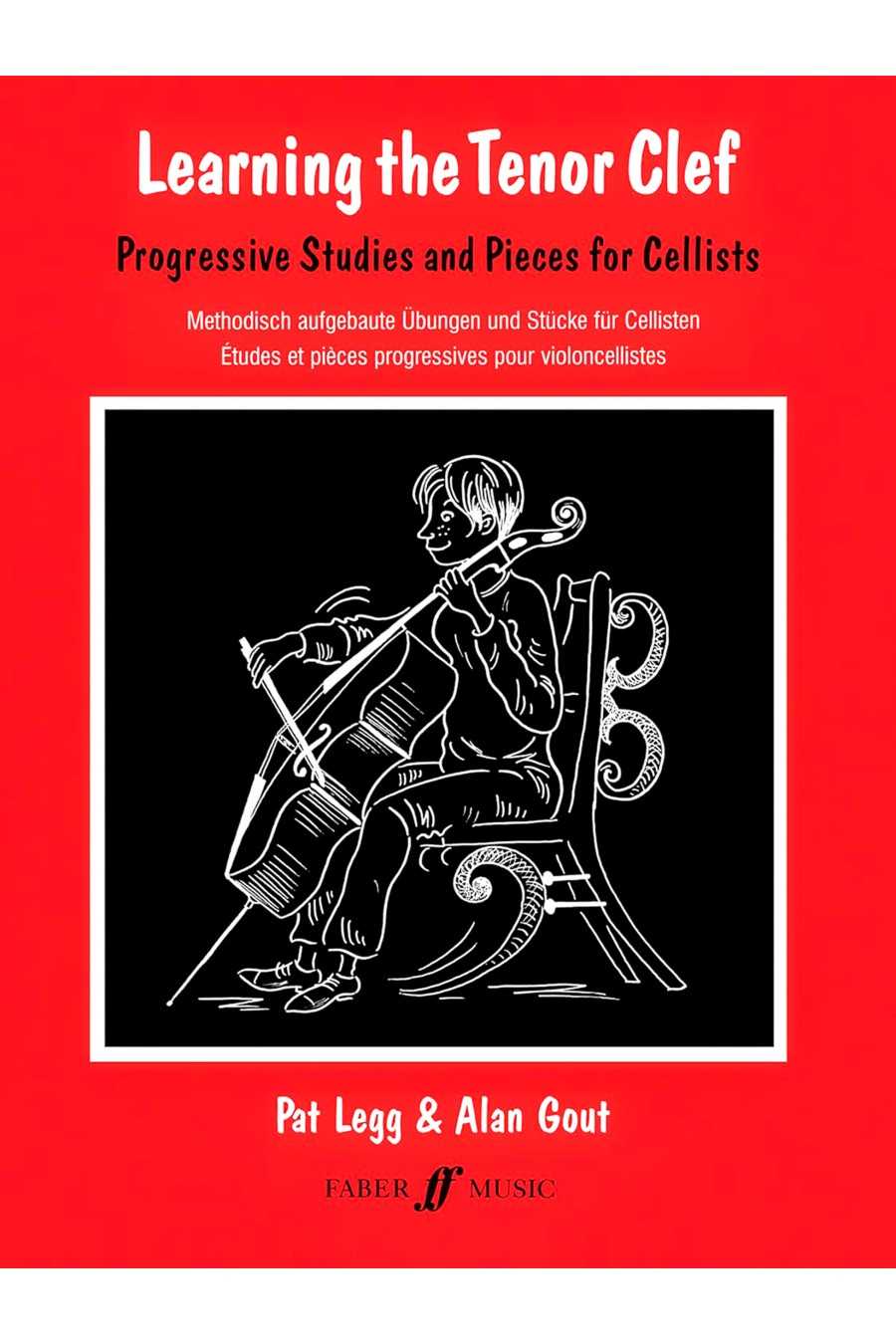
Dotzauer - 113 Exercises for Cello Book 3 ( No 63- 85) EMB
Dotzauer was a skilled musician who composed operas, symphonies, overtures, mass, concertos, and chamber music. However, his educational compositions have proved to be of lasting value. At the end of the 19th century, there was an idea to compile and publish a selection of his educational life work that met the demands of the time. Several publications of this kind were made, but the work by Johannes Klingenberg has turned out to be the most successful.



